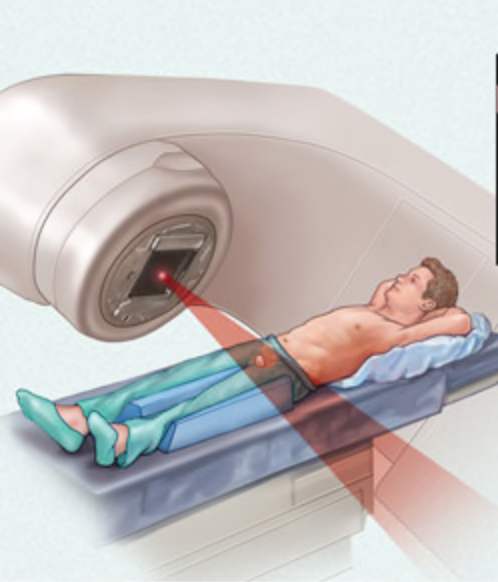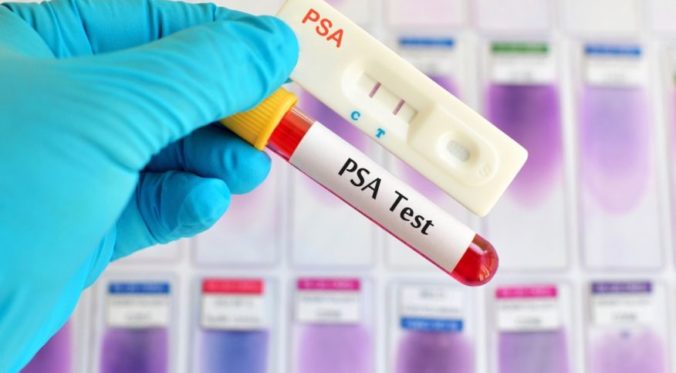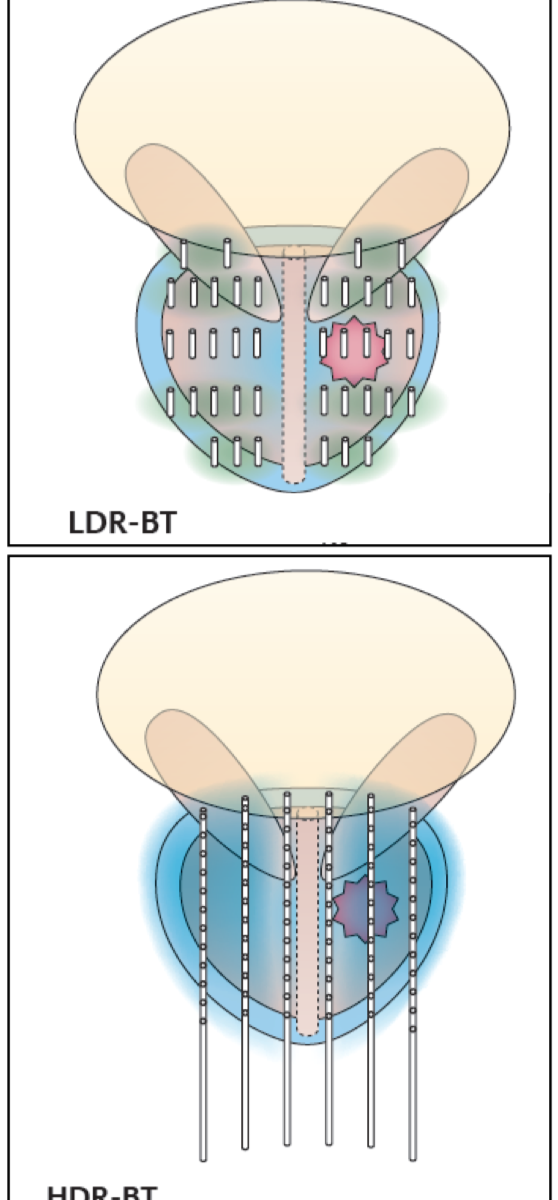Once a man is castrate resistant and moves on a second line hormone therapy drug like Zytiga or Xtandi (aka AR inhibitors) it is inevitable that the Zytiga or Xtandi will also become ineffective.
When this happens, the question that comes is what should be the next treatment? Generally, the options currently available are either to move to the drug not initially used ( Zytiga if Xtandi was first used or Xtandi if Zytiga was used) or instead to use taxane chemotherapy (Taxotere aka docetaxel).
Knowing which of these two options is best has been nothing but guesswork. But, things are improving. There is an investigational test that detects the expression of a protein called AR-V7 in the nuclei of circulating tumor cells taken from a vial of blood cells (liquid biopsy). This test can help guide this decision.
A recent study (published in JAMA Oncology) evaluating this test has shown that a blood test can detect the protein called AR-V7 in circulating tumor cells and that the presence of this protein accurately predicts how well certain men will respond to AR inhibitors (Zytiga and Xtandi).
Read the complete blog on CancerABCs.org HERE







